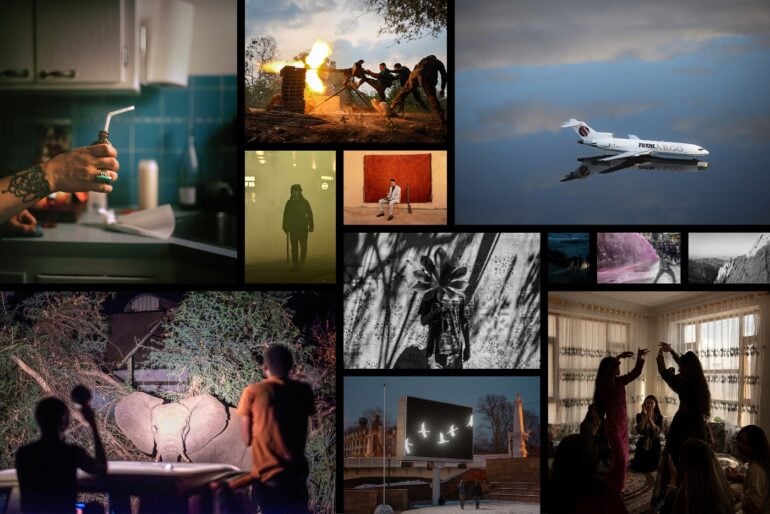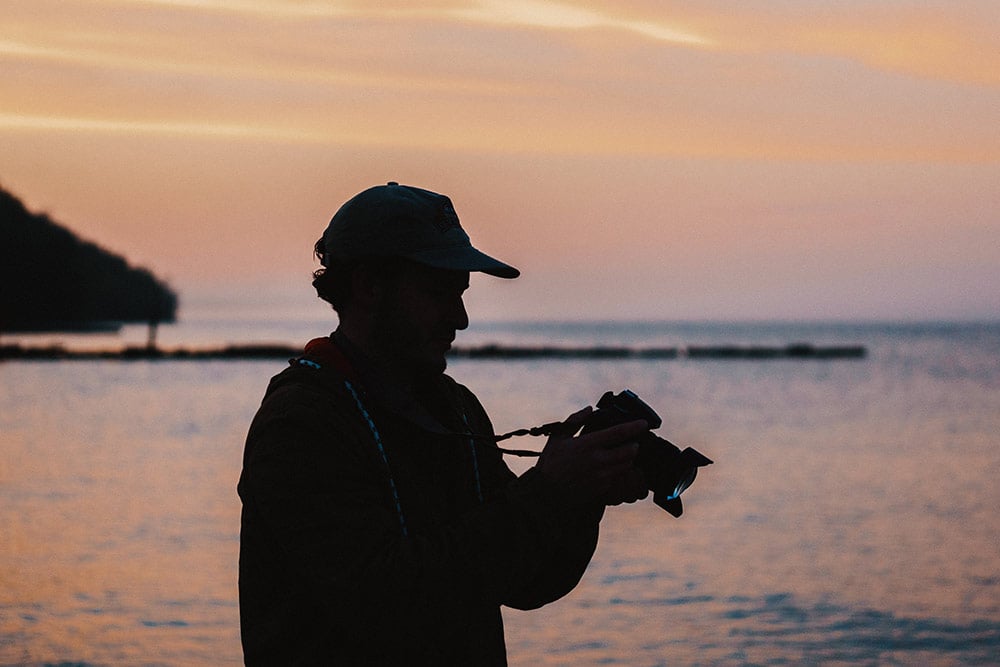The World Press Photo contest, celebrating its 70th anniversary, has revealed the 2025 Photo of the Year along with its two top finalists. The event, which annually honors excellence in global photojournalism, received 59,320 images, submitted by 3,778 photographers from 141 countries.
The 2025 edition of World Press Photo puts resilience at the heart of its stories. While the selected images speak of conflict, migration, and climate change, above all, they speak of people.
2025 Photo of the Year: “Mahmoud Ajjour, 9 Years Old” by Samar Abu Elouf
The image awarded the 2025 Photo of the Year prize is one of unbearable tenderness. It shows a child, Mahmoud Ajjour, amputated of both arms following a bombing in Gaza, learning to live differently. His serene face, lit by soft light, starkly contrasts with the brutality of the story he embodies.
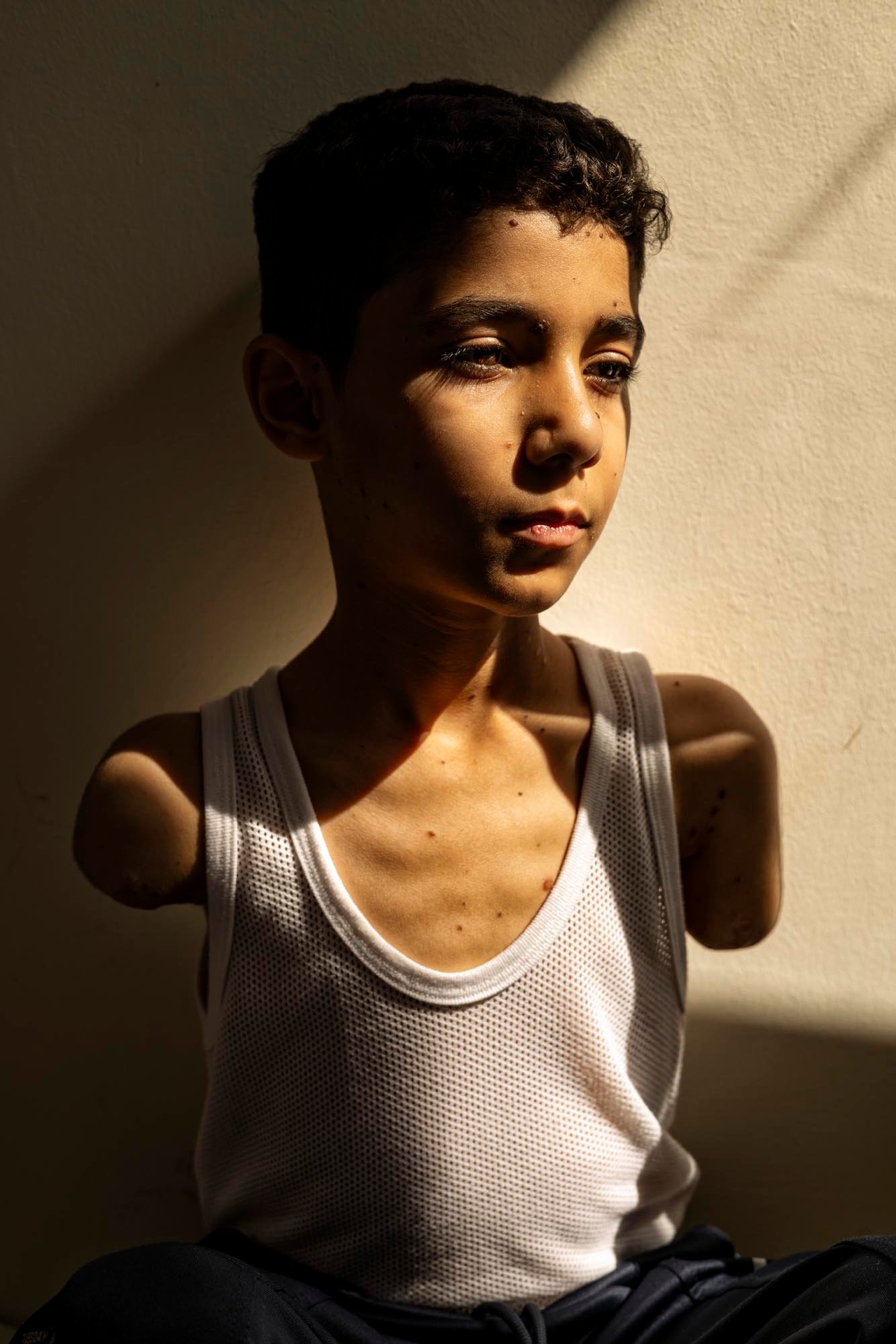
Photographed by Samar Abu Elouf, also from Gaza, this intimate portrait was captured in Doha, where the child is receiving treatment after being evacuated. He uses his feet to play, write, open doors. Behind these everyday gestures lies an immense struggle for dignity and autonomy.
This photograph does not only document an individual tragedy, it reflects a collective trauma. In December 2024, Gaza had the highest rate of child amputees in the world. According to UNRWA, 11,000 people were still awaiting medical evacuation in early 2025. Abu Elouf’s image illustrates the disproportionate impact of armed conflict on children, and gives a face, a story, a humanity to the statistics.
“It’s a silent photograph that nonetheless speaks volumes,” says Joumana El Zein Khoury, executive director of World Press Photo.
Lucy Conticello, chair of the global jury and director of photography at M, the magazine of Le Monde, explains: “this image does what photojournalism can do at its best: provide a nuanced entry point into a complex story.”
“Night Crossing” by John Moore and “Droughts in the Amazon” by Musuk Nolte, the Two Finalists
Two World Press Photo finalists have also been unveiled, featuring images by John Moore and Musuk Nolte.

A different light, a different drama. American photographer John Moore (Getty Images) captured a rare and moving scene: a group of Chinese migrants, huddled under the rain, warming themselves after crossing the Mexican border into California. The darkness, plastic-wrapped wet clothes, and protective gestures — everything in this image speaks of waiting, exhaustion, and uncertainty.
In 2024, the number of Chinese migrants intercepted at this border reached a record 38,200 people, up from just 2,200 two years earlier, due to rising economic hardship, stricter visa policies, and repression of freedom of expression in China.
Social media plays a key role in this migration, spreading video tutorials detailing each step of the journey, and conveying a sometimes misleading image of life in the United States.
This photograph reminds us that behind every migratory movement are faces, stories, and heartbreaking decisions. And that the border is not a line, but a lived experience.

Finally, Mexican photographer Musuk Nolte takes us to the Amazon, where the effects of climate change are now impossible to ignore. In a striking image, a young man stands on the dried riverbed of the Solimões River, carrying food for his mother.
His village, Manacapuru, once accessible by boat, is now isolated. This is not dystopia — it’s the present: the Amazon River is experiencing historically low levels, a direct consequence of climate-aggravated droughts. This endangers not only the ecosystem, but also social structures and ways of life.
Musuk Nolte puts a human face on the ecological crisis, often perceived as abstract. His images speak of rural exodus, survival, family ties — but above all, of the urgent need to act.
Here is also a selection of photos that won regional awards in the 2025 World Press Photo:

© Jabin Botsford, for The Washington Post
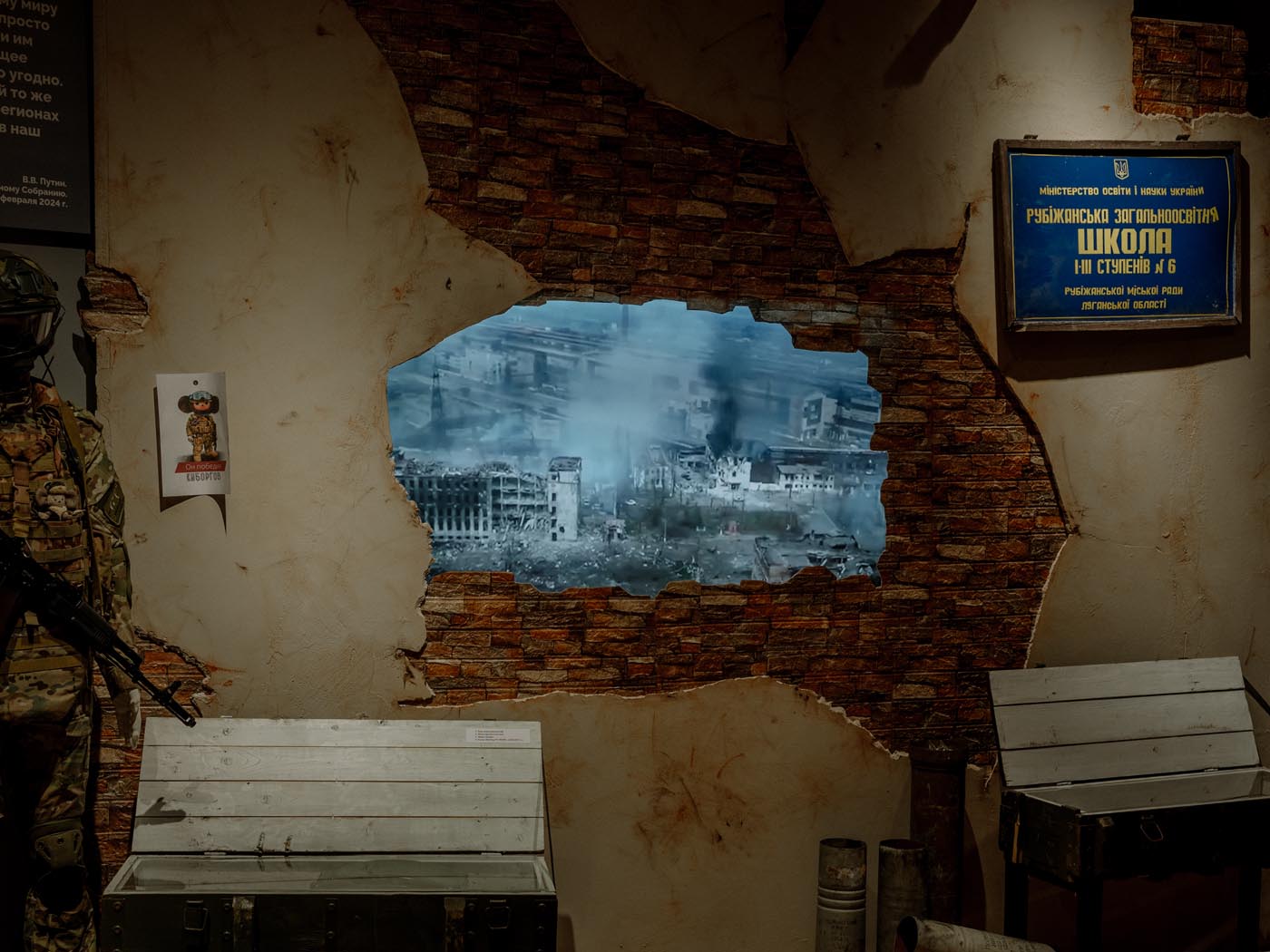
Aliona Kardash, DOCKS Collective, for Stern Magazine
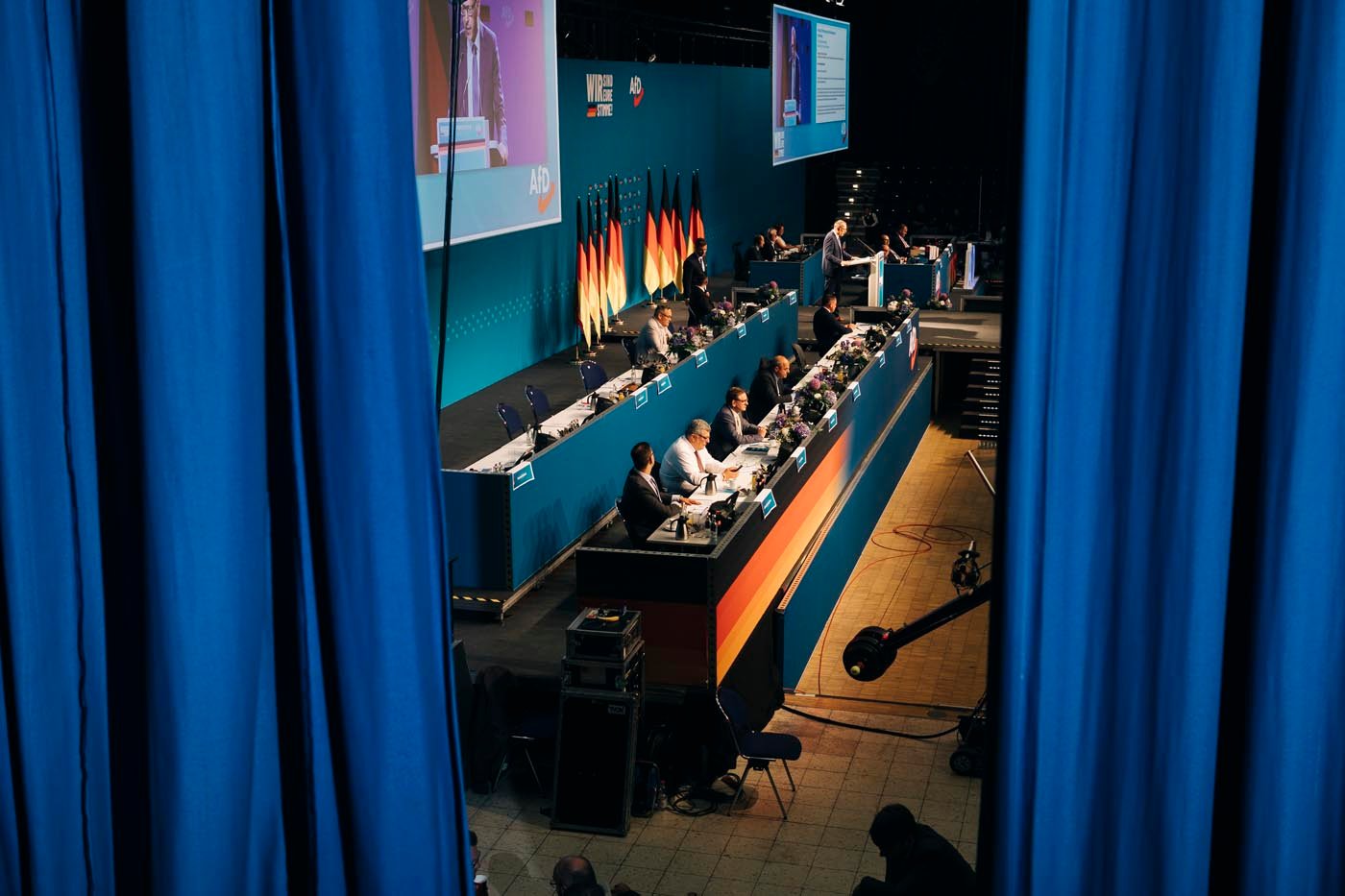
Rafael Heygster, for Der Spiegel
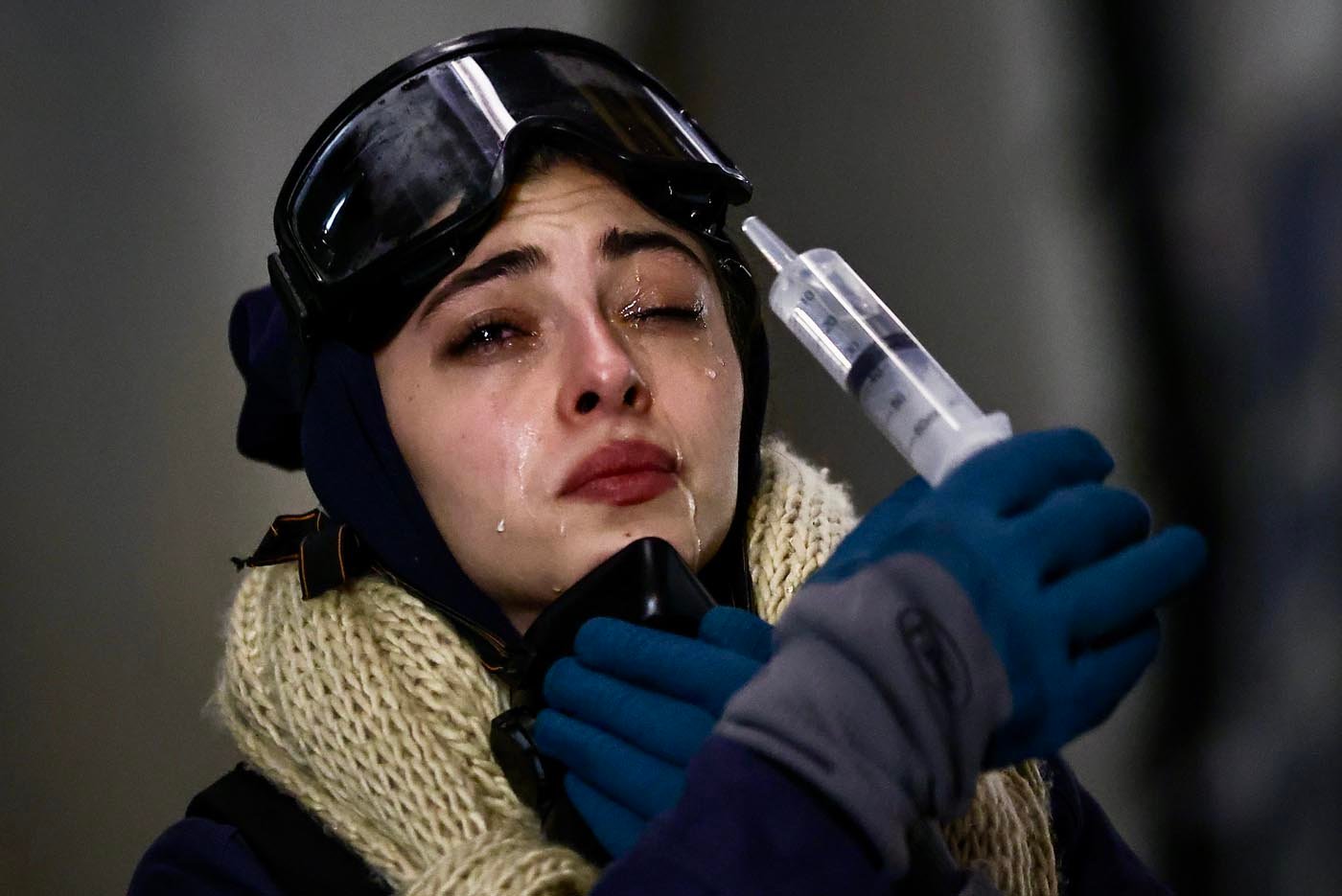
Mikhail Tereshchenko, TASS Agency
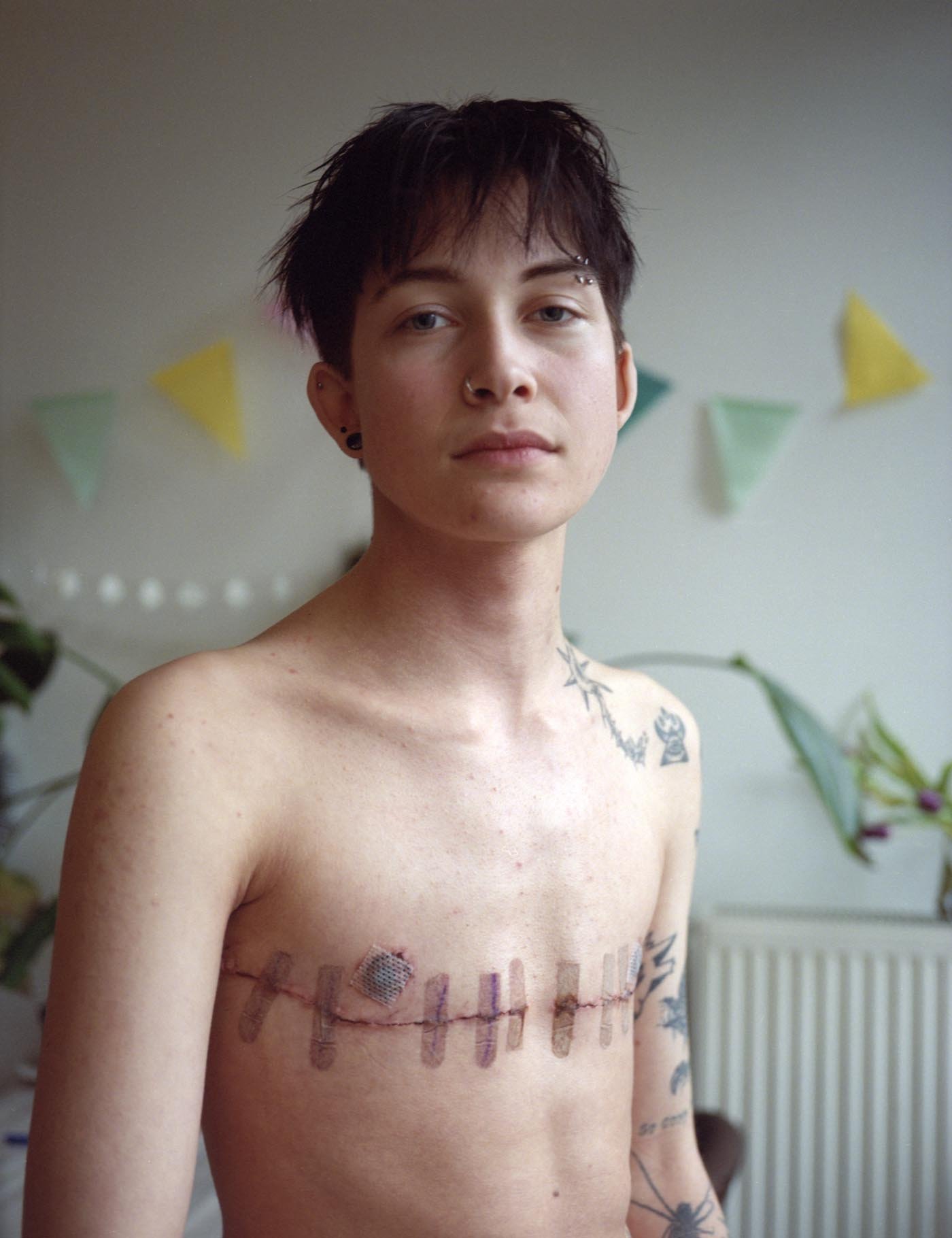
Prins de Vos, Queer Gallery
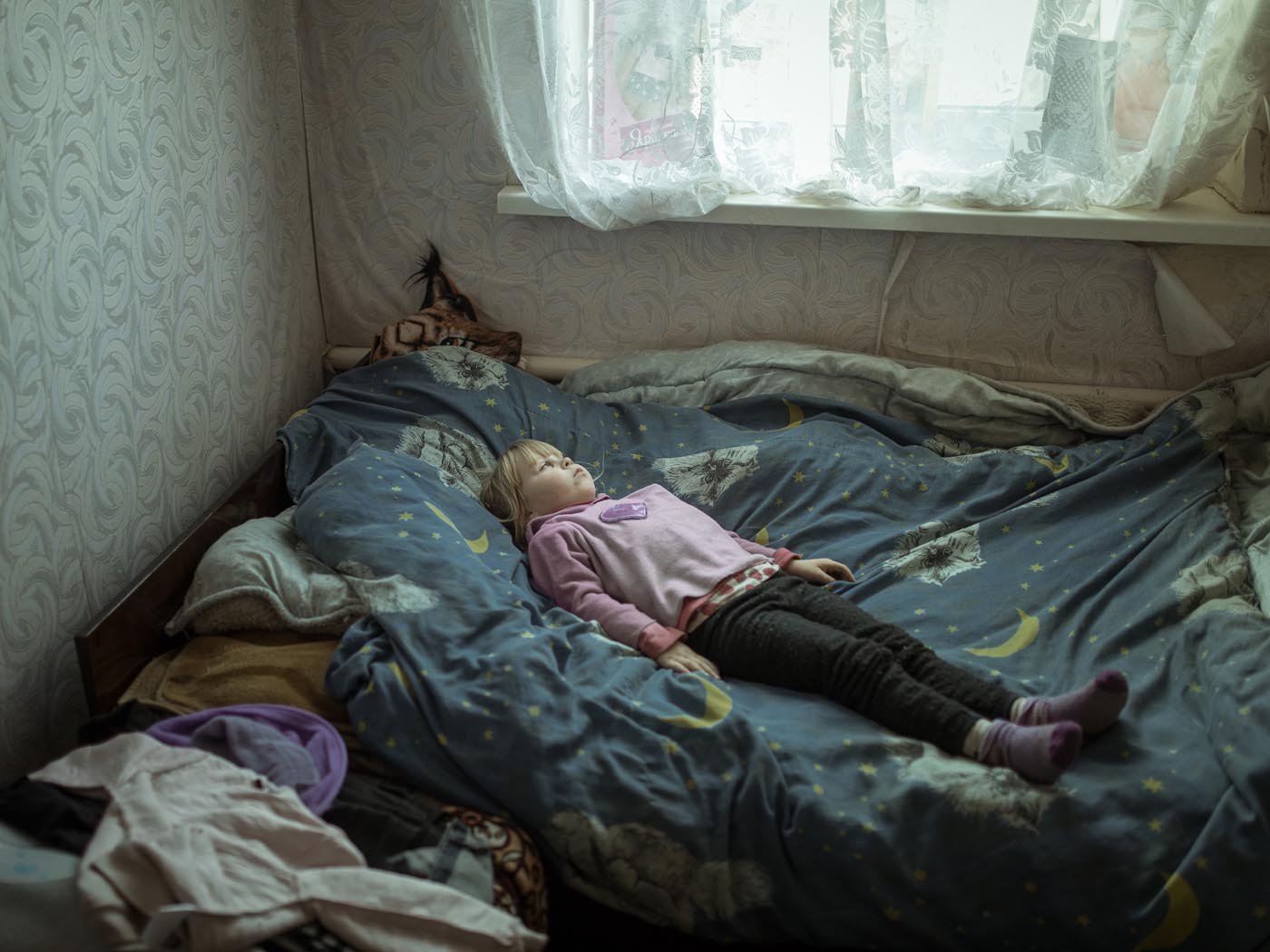
Florian Bachmeier
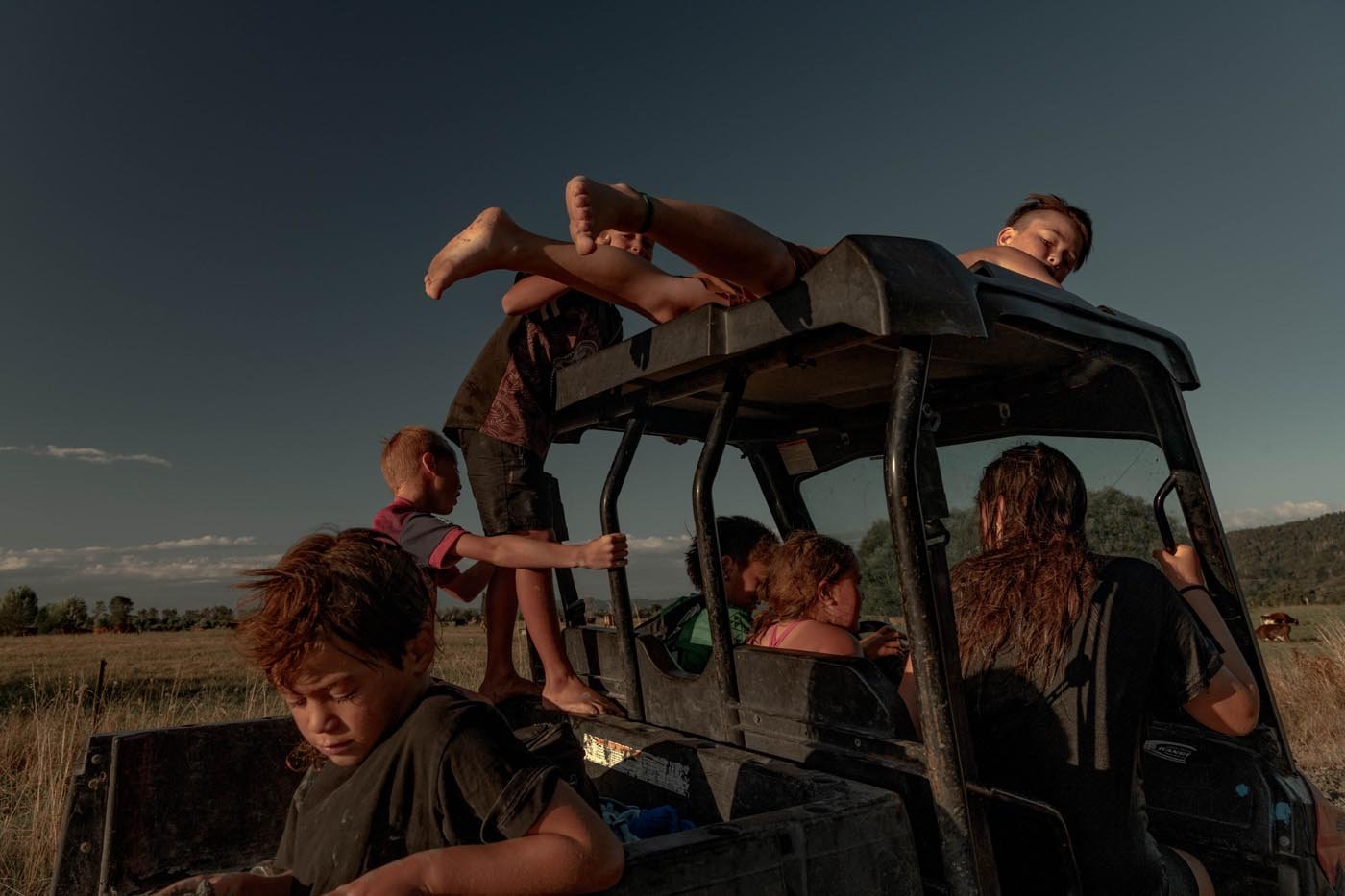
Tatsiana Chypsanava, Pulitzer Center, New Zealand Geographic
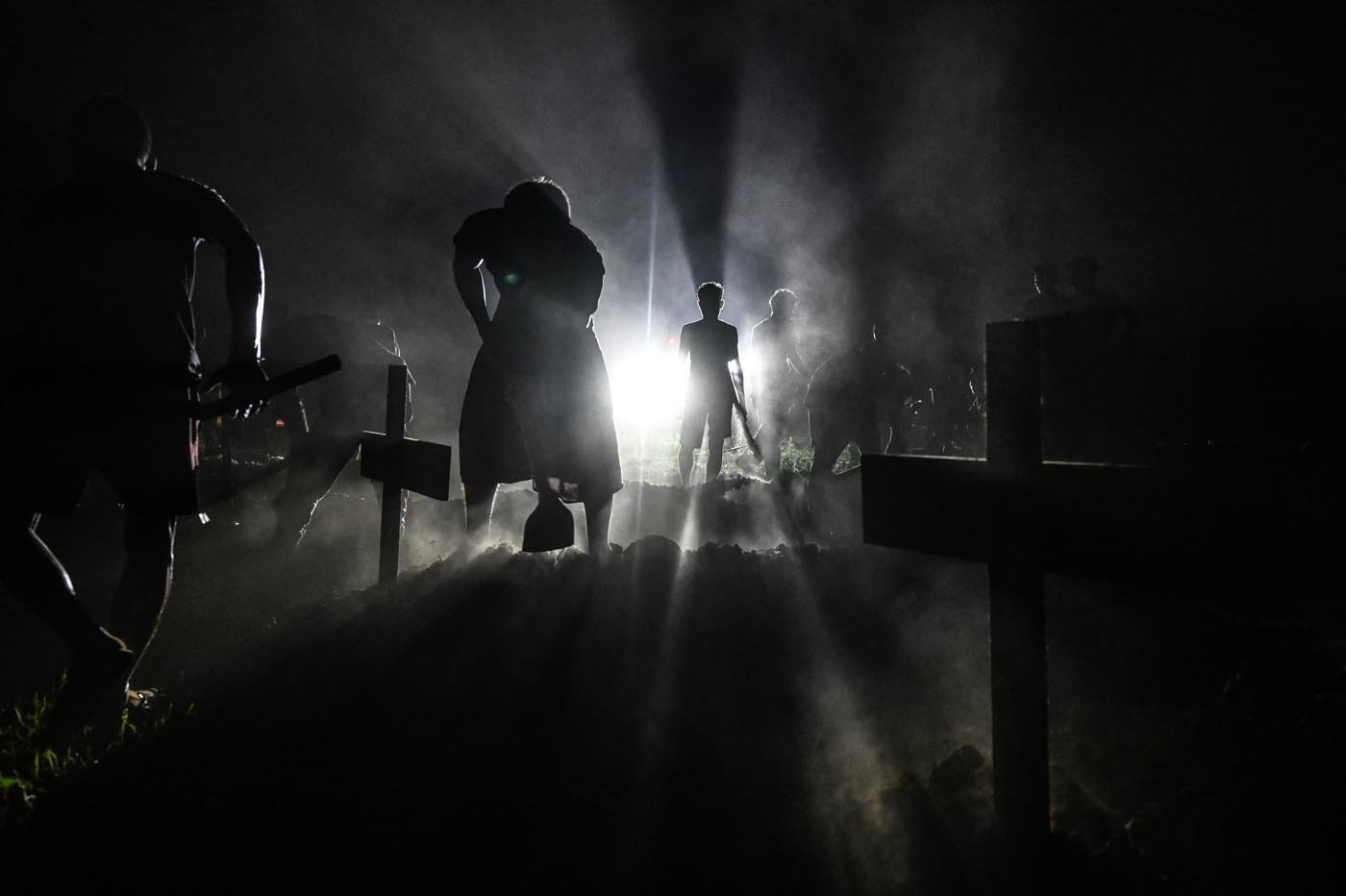
Ye Aung Thu
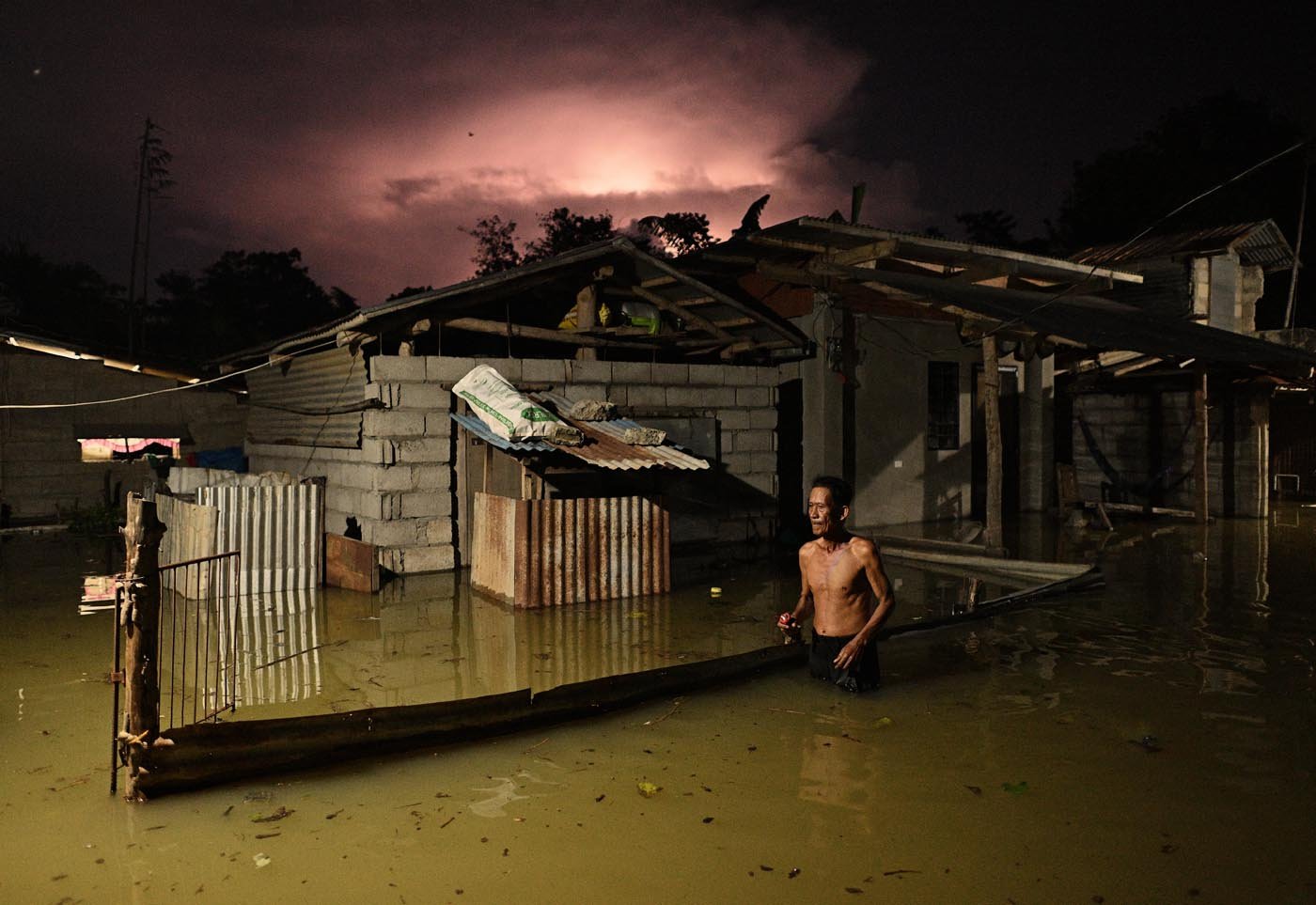
© Noel Celis, for Associated Press.
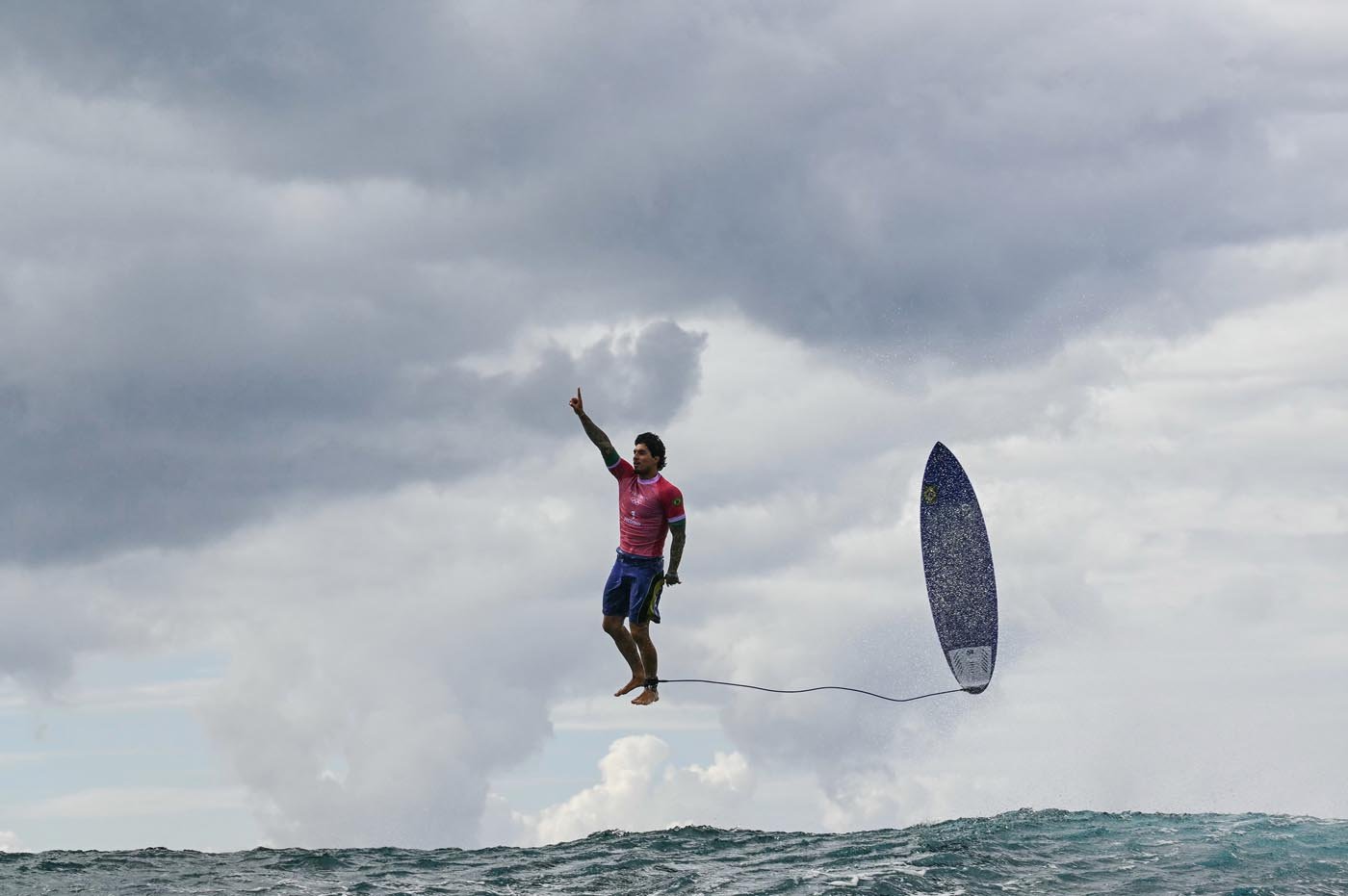
Jerome Brouillet, for Agence France-Presse
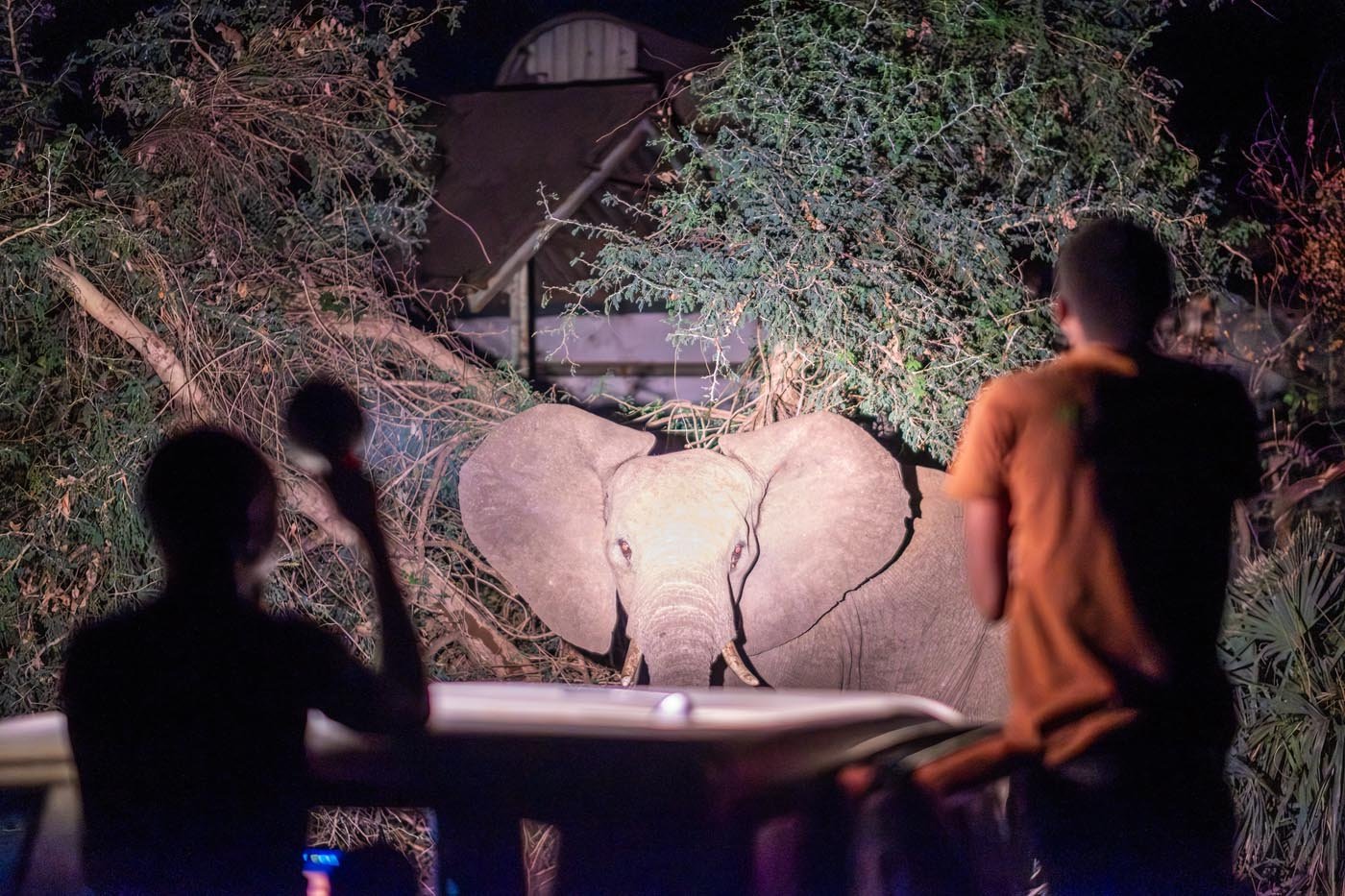
Tommy Trenchard, Panos Pictures, for NPR
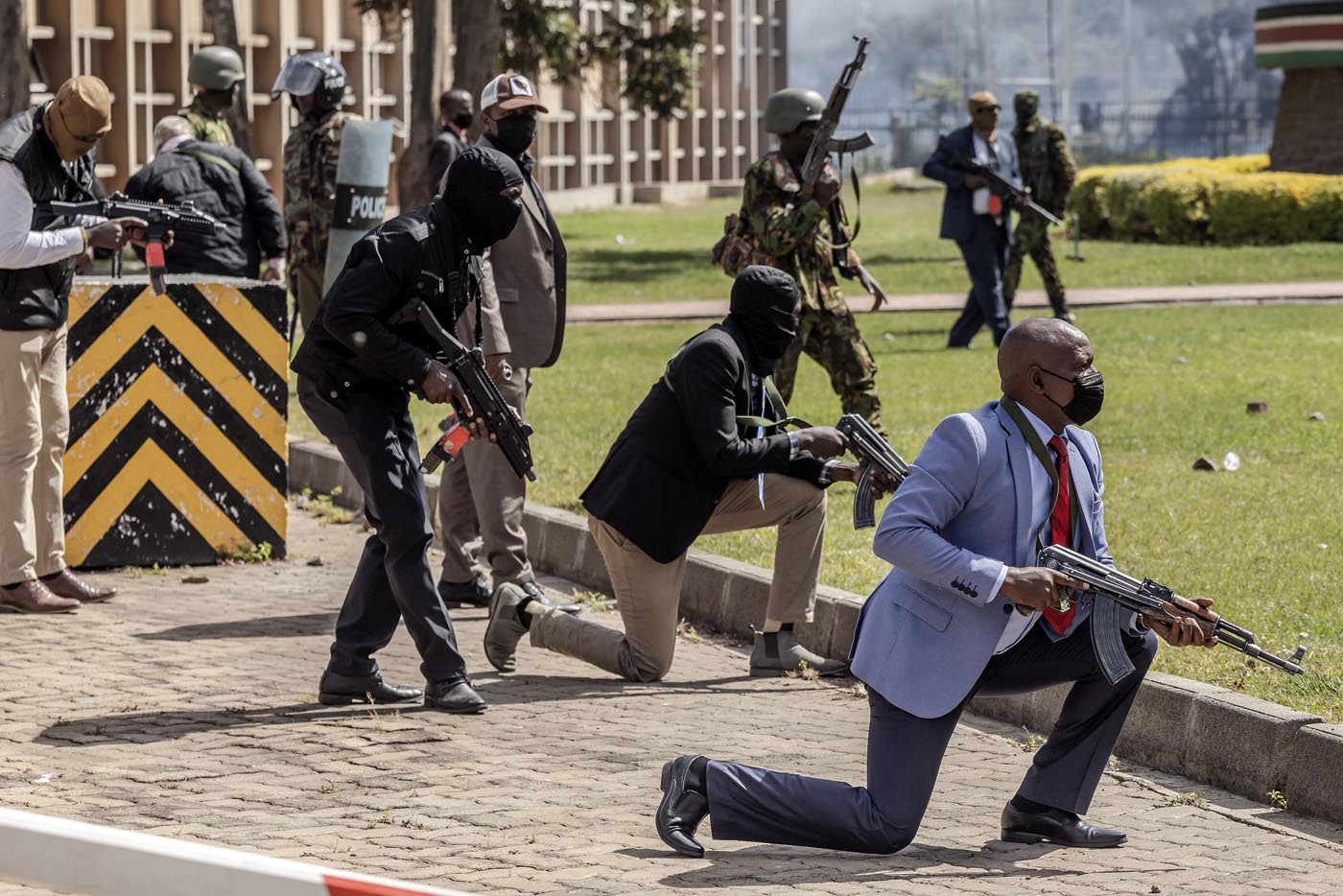
Luis Tato, Agence France-Presse
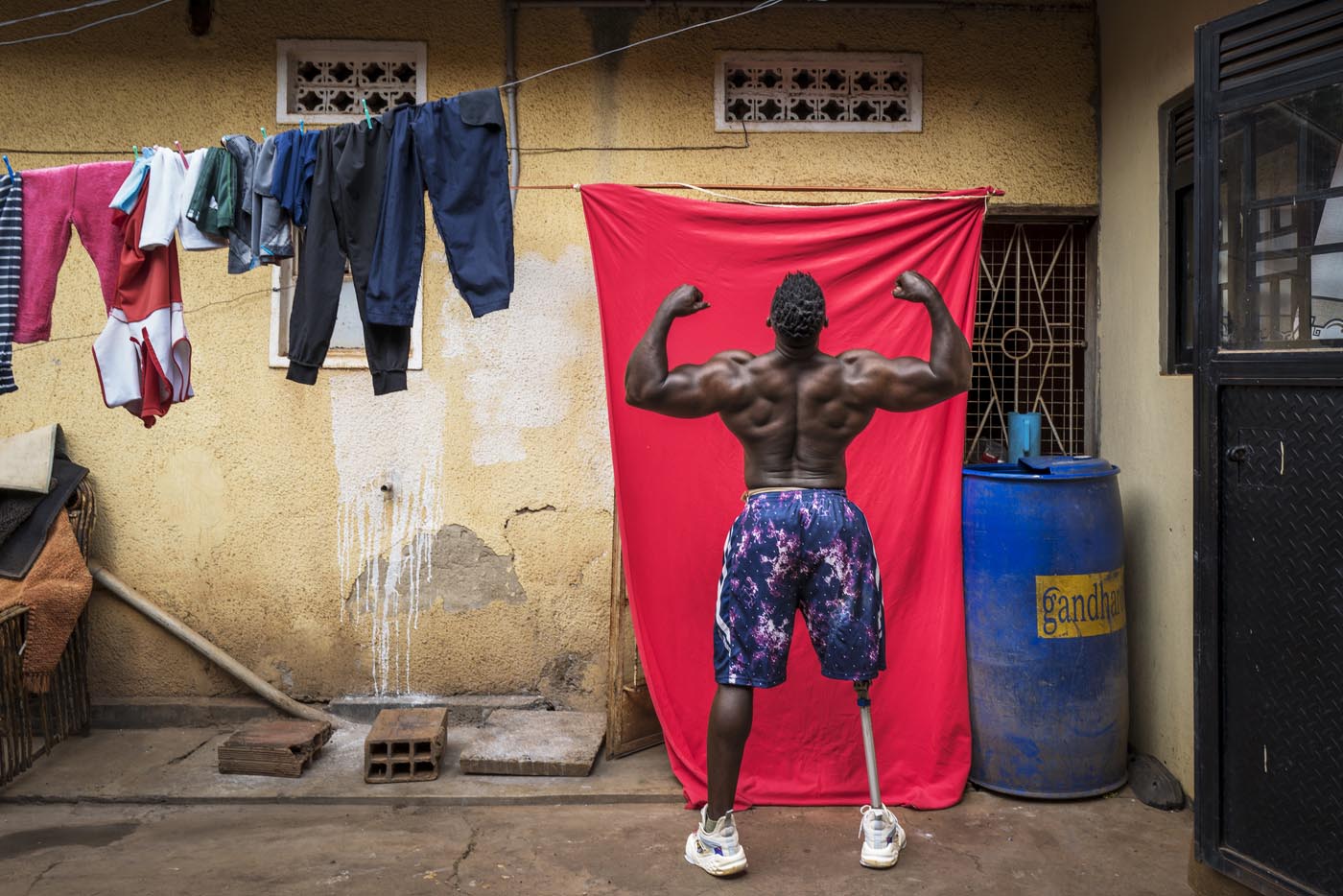
Marijn Fidder
When Photography Becomes Collective Memory — Still Without AI
This year, the number of awards has increased to 42 (compared to 33 in 2024). This rise reflects World Press Photo’s commitment to highlight more projects in each region, with now three winners selected per category and region. More information is available on the World Press Photo website.
The winning photographs will be exhibited in over 60 cities around the world, including London, Rome, Berlin, as well as Mexico City, Montreal, Jakarta, and Sydney.
The Photo of the Year also grants its author a prize of €10,000. The winner and both finalists also receive a Fujifilm GFX 100 II camera with two lenses, or a GFX 100RF with one lens, with a total value of over €14,000.
The contest also upholds strict authenticity standards: no generative AI is allowed, and each image is rigorously verified, to restore credibility to documentary photography.
You can find all the regional winners on the World Press Photo website.

